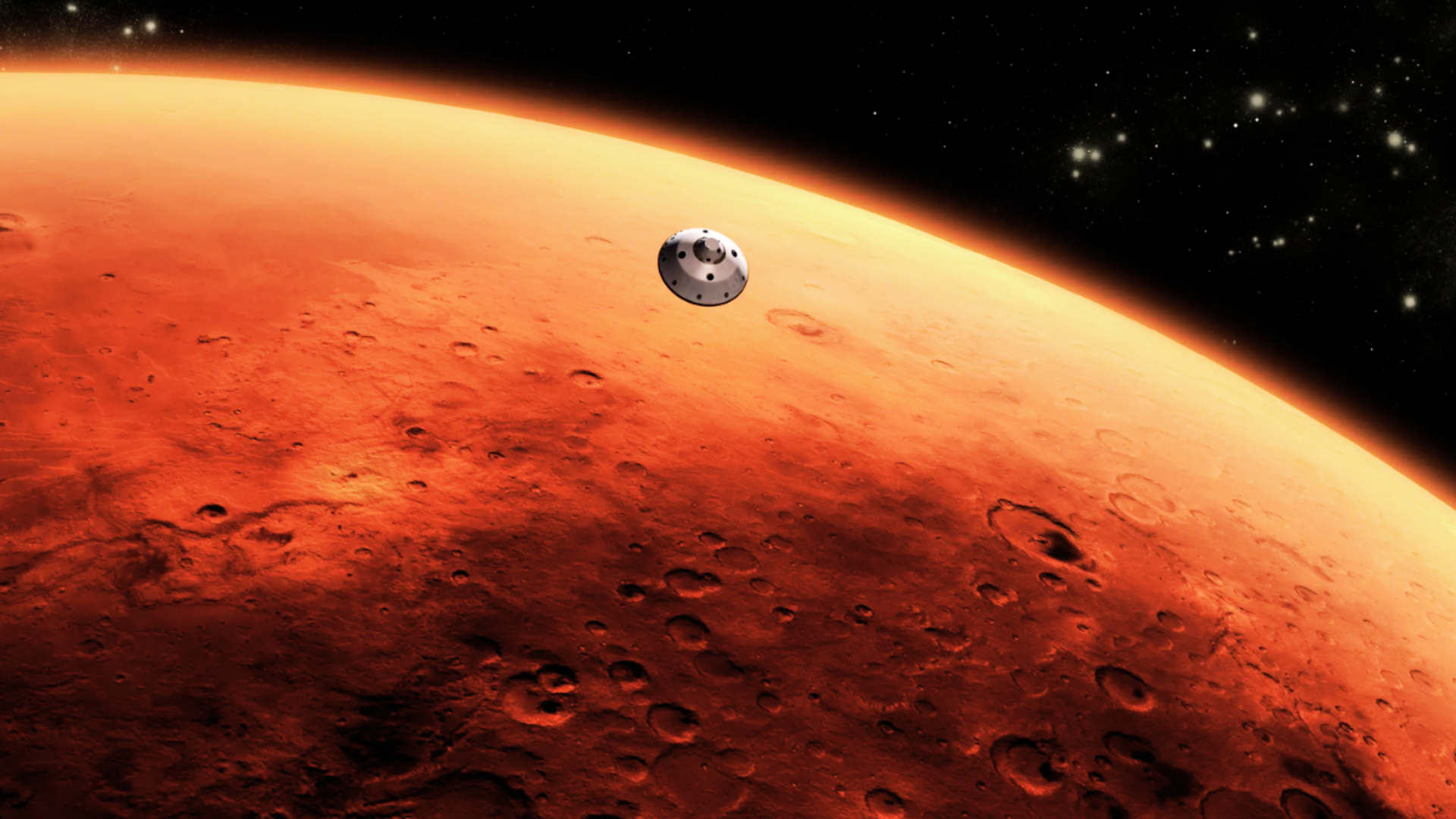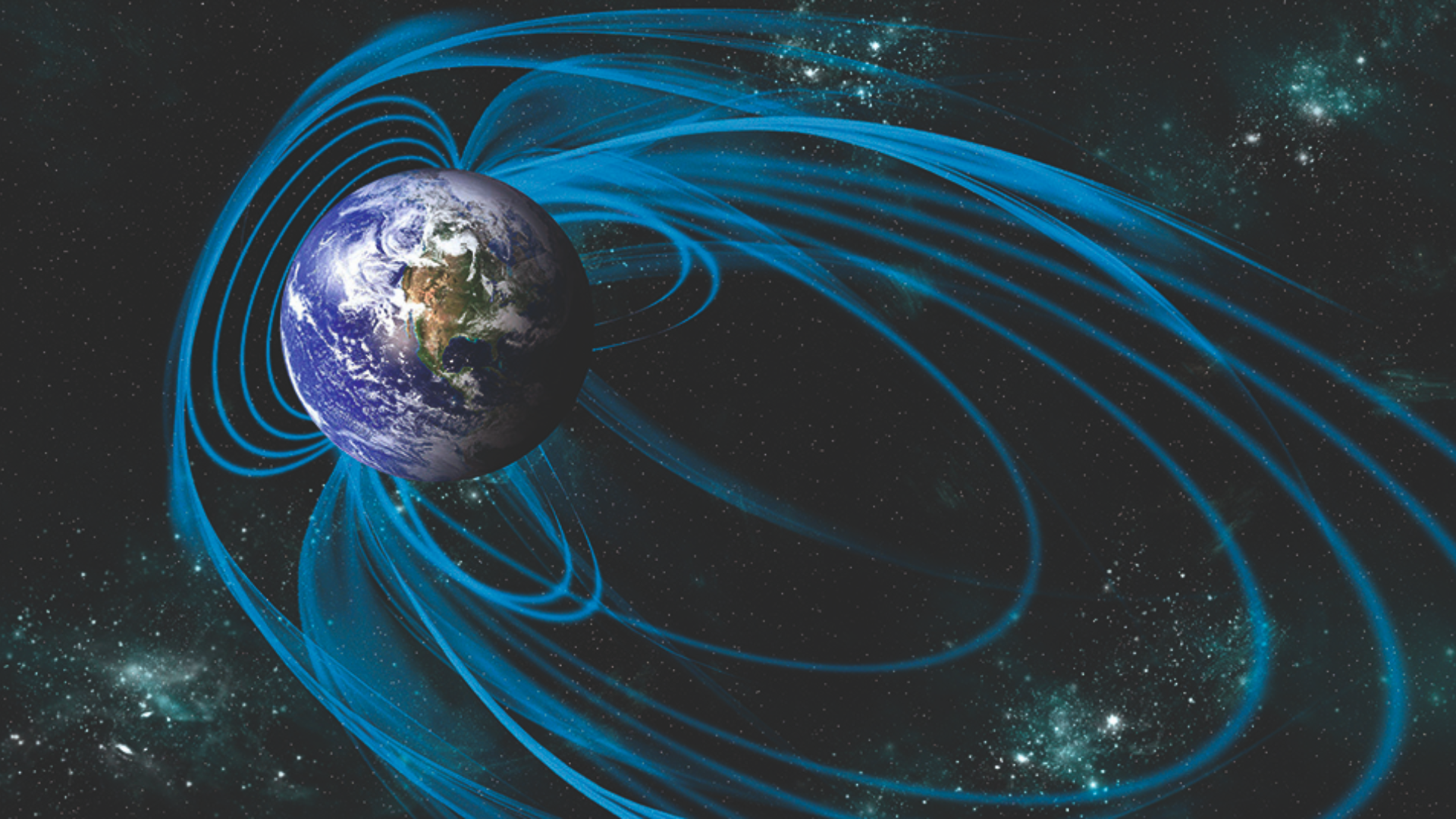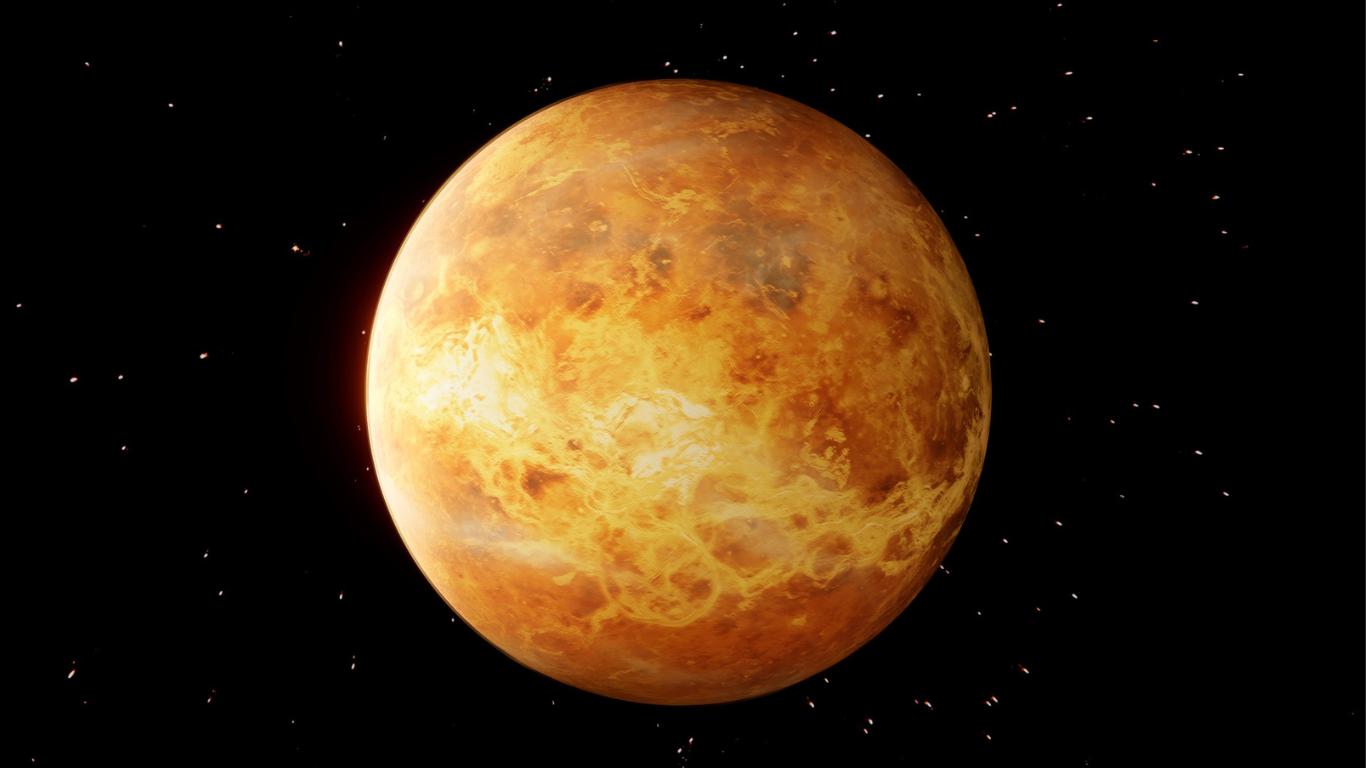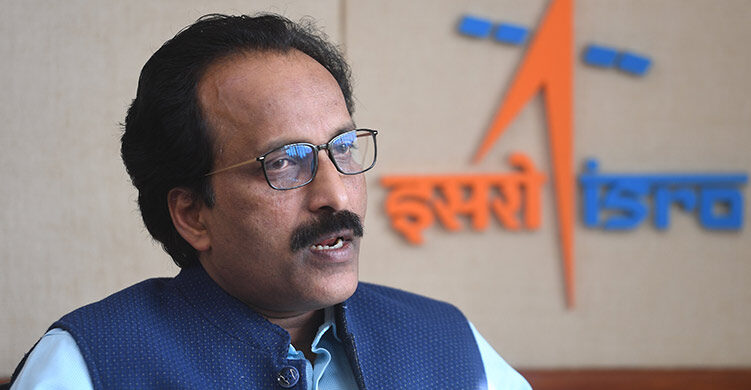S Somnath, the chief of the Indian Space Research Organisation (ISRO), announced that Chandrayaan-4, the next phase of the Chandrayaan program, is currently in development and will propel India’s exploration of the moon forward.
According to Somnath, Chandrayaan-4 marks the initial step toward India’s ambitious goal of landing an astronaut on the moon by 2040. Speaking at a press conference, he stated, “Chandrayaan-4 is a concept that we are now developing as a continuation of the Chandrayaan series…our esteemed Prime Minister has announced that an Indian will land on the moon in 2040. So, if that has to happen, we have to have continuous moon exploration of various kinds.”
He emphasized that Chandrayaan-4 aims to land a spacecraft on the moon, collect samples, and safely return them to Earth, showcasing the entire cycle of lunar exploration.
Additionally, Somnath highlighted ISRO’s extensive range of projects, encompassing rocket and satellite initiatives, as well as technology development projects. He revealed that there are around 5-10 rocket projects, 30-40 satellite projects, and hundreds of application and research and development (R&D) projects underway.
India achieved a significant milestone with the successful landing of the Chandrayaan-3 lander module on the moon’s South Pole on August 23, making it the first country to accomplish this historic feat. Furthermore, in January, India launched its first dedicated solar mission, the Aditya-L1 spacecraft, into the Halo orbit.
The Gaganyaan project, another major Indian mission, aims to demonstrate human spaceflight capability by sending a crew of three members into a 400 km orbit for a 3-day mission and safely returning them to Earth by landing in Indian waters. (ANI)




















